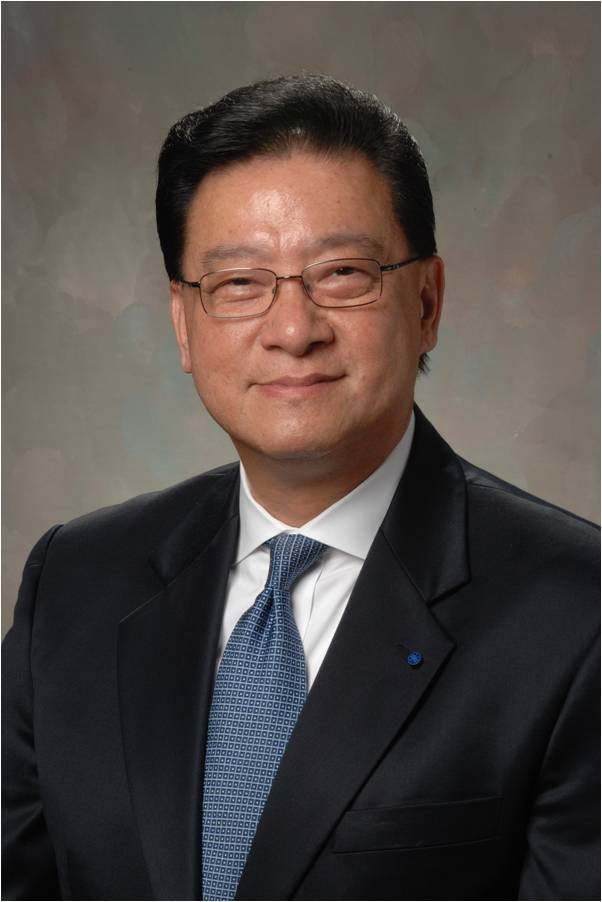 Dr. Stephen Z.D. Cheng's recent work, "Geometry induced sequence of nanoscale Frank–Kasper and quasicrystal mesophases in giant surfactants," has been published by the Proceedings of the National Academy of Sciences of the United States of America (PNAS).
Dr. Stephen Z.D. Cheng's recent work, "Geometry induced sequence of nanoscale Frank–Kasper and quasicrystal mesophases in giant surfactants," has been published by the Proceedings of the National Academy of Sciences of the United States of America (PNAS).
Tetrahedra are the most basic element in spherical phases of metal crystals. Introducing various spherical sizes to form distorted tetrahedra are the origin in developing metal alloy crystal structures, and have been identified as a class of “Frank-Kasper” phases. This class of material structures is critically important in high technological applications, for example, high temperature superconductors possess their crystal structures which are among these Frank-Kasper phases. Furthermore, these Frank-Kasper phase structures are also associated with quasicrystals.
However, observations of these unconventional spherical phases in soft materials largely rely on serendipity. A grand challenge is to understand the structural evolution pathways and relationships among these different phases, and to control the spatial packing of the supramolecular spherical building blocks into targeted nanostructures.
The most recent research works published in the Proceedings of National Academy of Science of United States of America are led by Stephen Z. D. Cheng, Frank C. Sullivan Distinguished Research Professor, Robert C. Musson and Trustees Professor of Polymer Science and his research group, in collaboration with the research groups of Chrys Wesdemiotis, Distinguished Professor of Chemistry at Akron, Sharon C. Glotzer, Professor of Materials Science and Engineering, University of Michigan (Ann Arbor), Wen-Bin Zhang, Professor of Chemistry and Molecular Engineering at Peking University, and Peihong Ni, Professor of Chemical Engineering and Materials Science at Soochow University.
At the first time, in a series of specifically designed giant surfactants with a hydrophilic nanoparticle as a head and different number and lengths of hydrophobic polystyrenes as tails, they observed a sequential appearance of two Frank-Kasper phases; A15 and Sigma phases, and dodecagonal quasicrystal phase in the giant surfactant’s spherical phase formation region via a hierarchal self-assembling process. Their results demonstrate the critical role of molecular architecture in dictating the formation of supramolecular crystals of “soft” spherical building blocks, and provide design rules to obtain controlled, unconventional self-assembled nanostructures via sophisticated synthetic techniques. Their works have also conceptually been opening a new route to fabricate nano-patterns in high technological applications.
